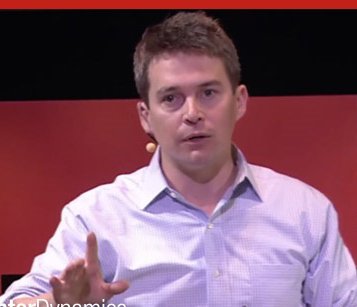Cloud giants with a public brand are leading the effort to make cloud computing greener. That’s because they get an extra benefit, on top of the objective gains from saving resources. Companies with a known brand get to be seen as an environmental good-guy. But what about the smaller players?
Apple uses 93 percent renewable energy (and 100 percent in its data centers), Google has a goal of going 100 percent renewable, and has so far achieved 37 percent. Facebook has a goal of being 50 percent renewable by 2018, and its new data centers use 100 percent renewable power. Microsoft has a 100 percent goal, and its US operations are already all-renewable. Amazon has set a goal of 100 percent renewable energy, but without a date.
Those are the big guys. But providers in the cloud channel, with less of a public profile, don’t have the same incentives, and aren’t making the same noise.
Buyers’ market
There’s a move to change that. Business and Social Responsibility (BSR) has set out Six Principles for Cleaner Data Centers, a checklist of good practice that cloud and colo customers can demand from their service providers. The idea is that organizations buying cloud services have a huge amount of purchasing power. Lining it up could bring a lot of pressure to bear.
The Principles were launched at DatacenterDynamics’ Webscale event in San Jose last week, by Salesforce’s director of sustainability, Patrick Flynn.
The demands are simple. There’s no point asking providers to do things which are actually contrary to their business goals. But the principles (to give them their full name, The Corporate Cloud and Colocation Buyers’ Principles) push the service providers towards getting involved in the drive towards renewable energy. Here are the six principles, as set out by BSR:
- Options: Provide options for cost-competitive services powered by renewable resources that reduce emissions beyond business as usual.
- Data: Deliver monthly data on the colo client’s direct and indirect energy consumption, water consumption, greenhouse gas emissions, and other environmental data.
- Incentives: Provide opportunities to align financial incentives for efficiency.
- Collaboration: Provide options for colo client collaboration on efficiency and renewable energy enhancements.
- Disclosure: Disclose individual sites and total global corporate footprint, as well as site-specific energy sources.
- Advocacy: Engage in policy advocacy efforts that support the use of renewable energy.
The first three address the provider’s dealings with its customers, telling them the environmental impact of the services they use, and offering greener choices.
The other three would push the provider to working with industry more widely - collaborating with its customers, publishing data on its overall impact, and urging that provider to become an advocate itself.
This might feel a little indirect. For the principles to have an effect, BSR first has to sell them to a diverse range of corporate customers, and then those customers have to demand action from their providers.
But BSR has made a good start. Salesforce is good at selling, and seems to be strongly behind this. And the Principles themselves are a good effort to set goals clearly. It’s a lot easier to get behind something if you can see what it is.
A version of this article appeared on Green Data Center News.



